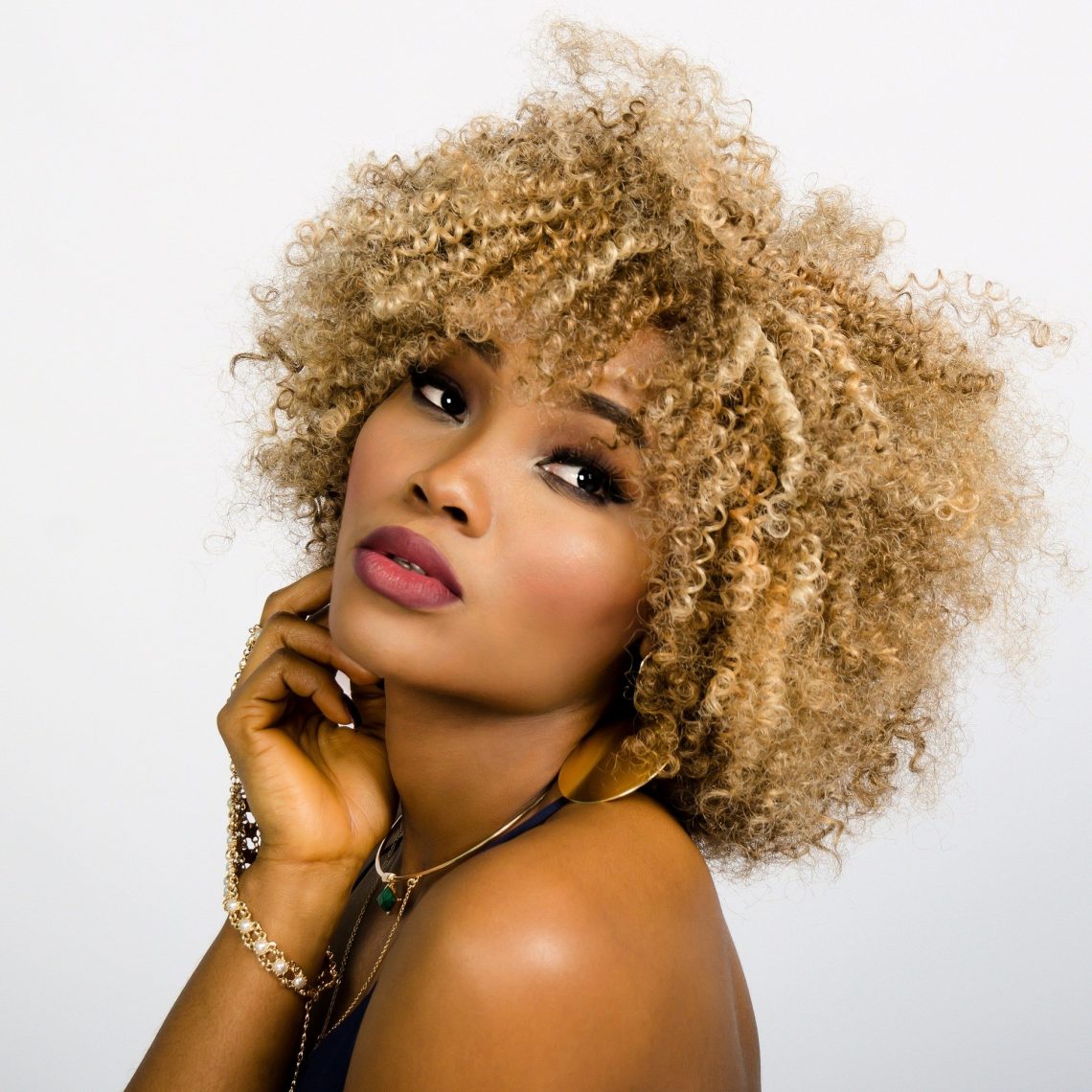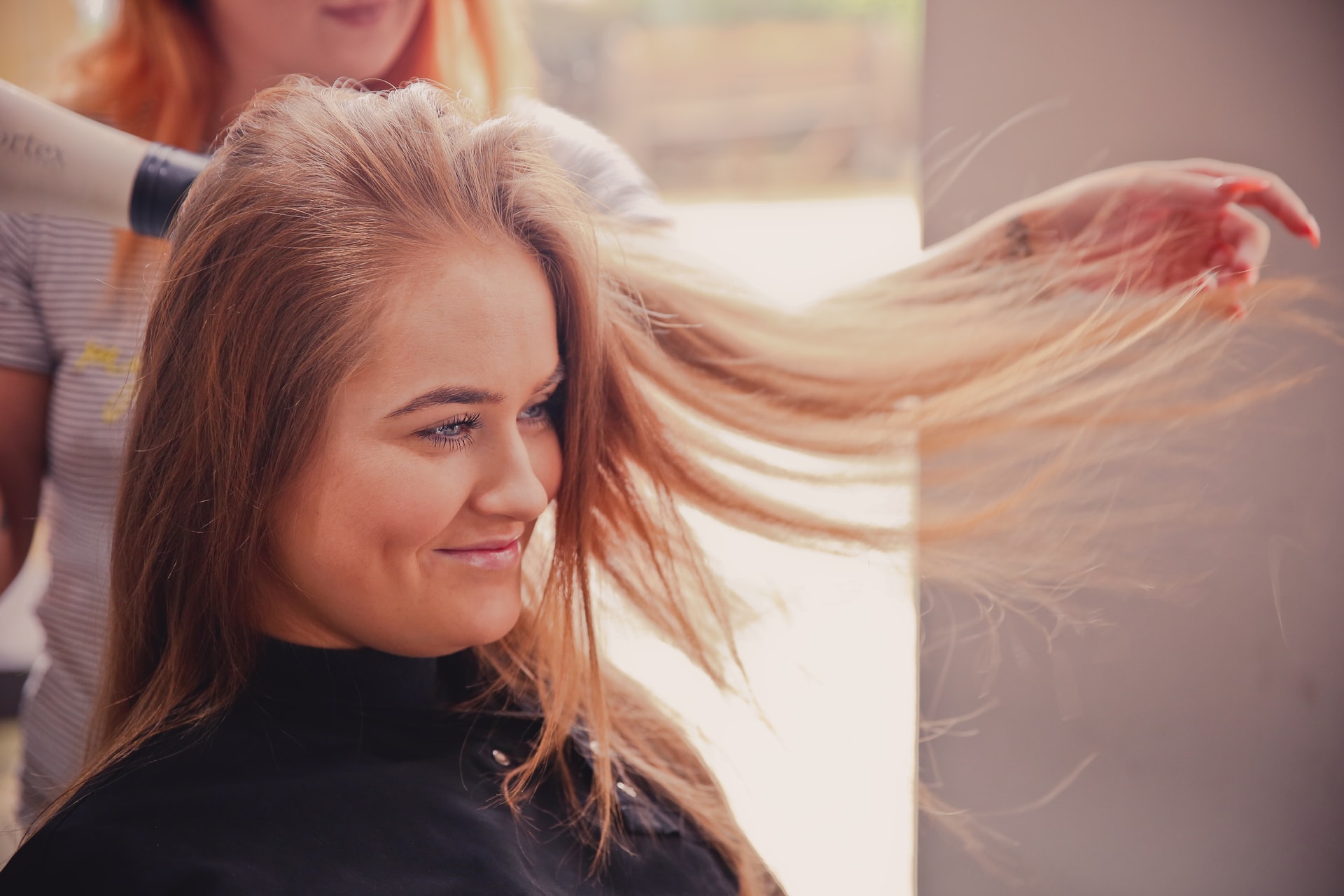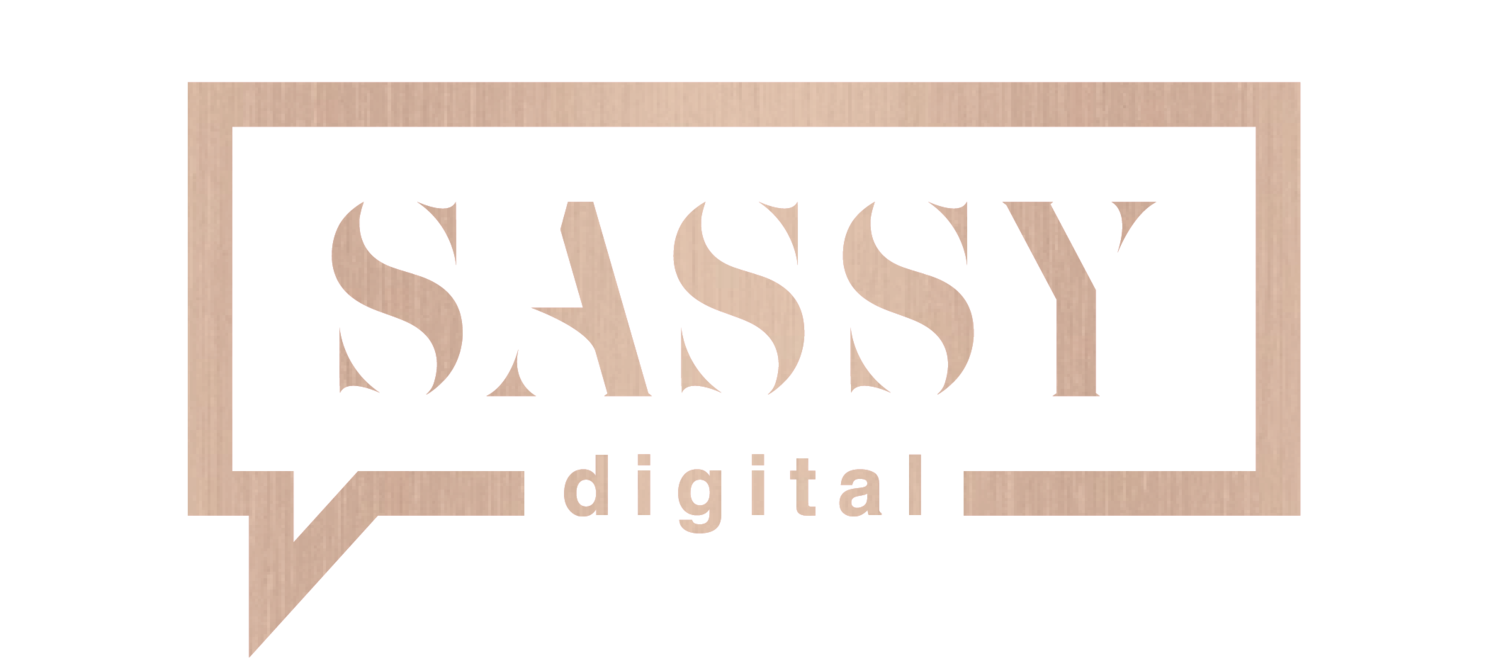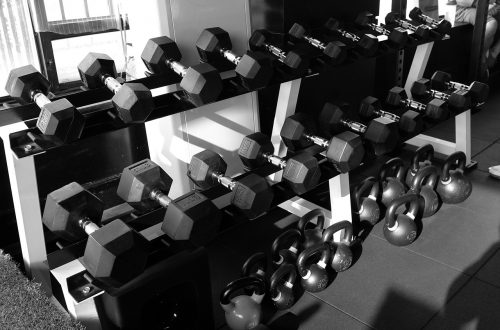
How to Take Care for Different Hair Types
You want healthy, shiny hair. To do this, first determine your hair type. Then find the best hair care products and routines for you. This allows you to give your hair the right kind of attention and helps in maintaining your hair better.
If you’re not sure what your hair type is, then DW has your back. Dr. Ameesha Mahajan is a dermatologist and skincare expert. We give you the lowdown on the various hair types, as well as the basics of how to maintain them. Are you excited? Let’s get started!
There are four main types of hair.
- Straight hair
- Wavey hair
- Curly hair
- Coily hair
Before we get started, let’s first understand what hair type means and how to determine your hair type. Dr. Mahajan explains that hair is composed of two parts: the root in the scalp, which is called the hair bulb, and the shaft (which is the hair strand we see outside). The term hair type can be used to describe the curl pattern of hair strands. You can have straight hair or curly hair. Wash your hair without using a conditioner or serum to determine the hair’s pattern. You can see how your hair looks in the mirror. To get an idea of your hair’s type, you can take a few strands out of your comb and place them on white paper. It is essential to use high-quality supplements.
It’s really quite simple, isn’t? Let’s now take a closer look at each hair type.
1. Straight hair
Straight hair is easiest to see. Straight hair is easy to identify if your hair doesn’t curl or look wavy. Straight hair looks more flat and limp than straight hair because the natural oils on your scalp can easily coat it with their natural oils. Straight hair may appear thin, fine and lacking volume. However, each strand can still be thick or coarse. This type of hair is not curled, so they appear less volume.
2. Wavey hair
Depending on the style and length of your hair, wavy hair can be divided into type 2a-2b or 2c.
i) Type 2a: This is the type of wavy hair that has straight hair about 2 inches from the roots. The hair then becomes slightly wavy until the ends.
Type 2b (iii) This is very similar in appearance to type 2a except that it has a more defined wave, which looks like an ‘S’.
Type 2c (iii). If your hair has an ‘S” pattern at the crown, you are likely to have Type 2c hair. This hair type has more defined waves which give it a rich texture and hold.

3. Curly hair
It’s easy to tell if your hair is curly. Curly hair is defined as a curly style if your curls form a loop. Curly hair can be divided into three types depending on how tight or thick your curls are. Curly hair is more likely to become frizzy, so it needs extra moisture and care.
Type 3a – This curl is best for fine hair. It involves big, loose curls. Because of their size, styling this hair type is easy.
Type 3b (iii) This curl is the most sought-after and most desired. These curls make perfect ringlets and are frequently seen on celebrities. This curl is easy to style and maintain.
Type 3c (iii). If your curls feel thick and coarse, or have a corkscrew structure, it is likely that you are in this category. Type 3c curls combine tight, corkscrew curls with bouncy curls. Type 3c curls will cause your curls to be coarser than you would like. The right product can soften your curls.
4. Coily hair
Another type of curly hair is the coily, or kinky hair. This hair type can be a mix of ‘Z’ and “S” shaped curls. They are extremely tight and frizzy and can be difficult to manage.
Type 4a – This type of hair is very coily and has a defined ‘S-type curl’. It also has a very wet texture. Type 4a can be very delicate and thin, but it appears thick because of the tight curls. It is easy to damage your hair, so be gentle when styling it.
Type 4b – This is a different type than type 4a. It has a distinct ‘Z’ pattern that can be thicker or thinner depending on the hair texture. This hair can be soft to touch but it is fragile and easily breaks if you comb your hair frequently.
Type 4c – This hair type is extremely tightly curled and can be very frizzy and coily. The tight, z-shaped curls give this curl its natural look.

FAQs on different hair types
Q. Q. Does your hair type change with time?
A.”Type of hairIt can fluctuate over time. It can be affected by both external and internal factors. Hormonal disturbances, medications and nutritional deficiencies can all affect hair type. Excessive UV exposure, excessive heat styling, and coloring can all affect hair type.
Q. Q. What are the basic steps for hair care that everyone should follow, regardless of type?
A.Dr. Mahajan explains”Use a mild shampooTo protect your hair, use a conditioner to condition it after shampooing. Reduce the amount of heat styling such as curling, straightening irons or blow dryers. The American Academy of Dermatology recommends air drying whenever possible. If absolutely necessary, I recommend heat protector sprays. AWarm oil massageIt can stimulate hair growth, but only a gentle massage is recommended. This can cause hair damage.
Q.What is the difference between hair porosity and density?
A.Dr. Mahajan explains”Hair porosityThis refers to the ability of hair strands to absorb and retain water. High porosity hair can absorb the most moisture but is unable to retain it.Low porosity hairIt is not able to absorb moisture quickly, but it can hold it in for a longer time. Hair density is the ratio of hair follicles to scalp area. Thicker hair strands will give you the appearance of a higher density than the same amount of thin hair. Hair growth treatments aim to make hair thicker and have more hair during the growing phase. This gives the appearance of thicker hair density. However, none of the treatments such as PRP or hair transplant can alter the number of hairs follicles you have.
Q. Q. What can you do to prevent thin hair from leading to breakage?
A.Dr. Mahajan:According to the author, “Our hair is a reflection on what goes in our bodies.” Antioxidant-rich foods can help prevent free radical damage. AProtein-rich dietThis helps to strengthen the hair from within. To reduce dryness and damage, you can use mild, sulphate free shampoos. To minimize damage from curlers, straighteners, and blow dryers, use heat protector sprays/serums. If you notice hair falling more than 100 times per day or hair loss in the scalp, consult a dermatologist.





